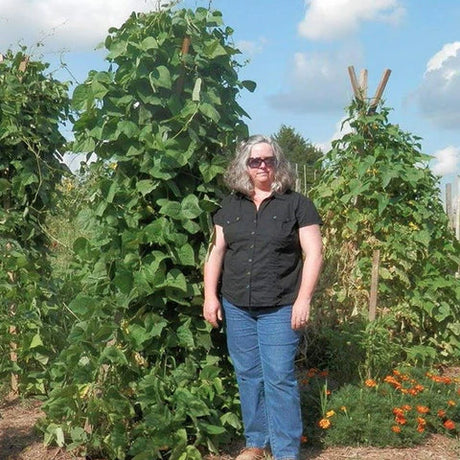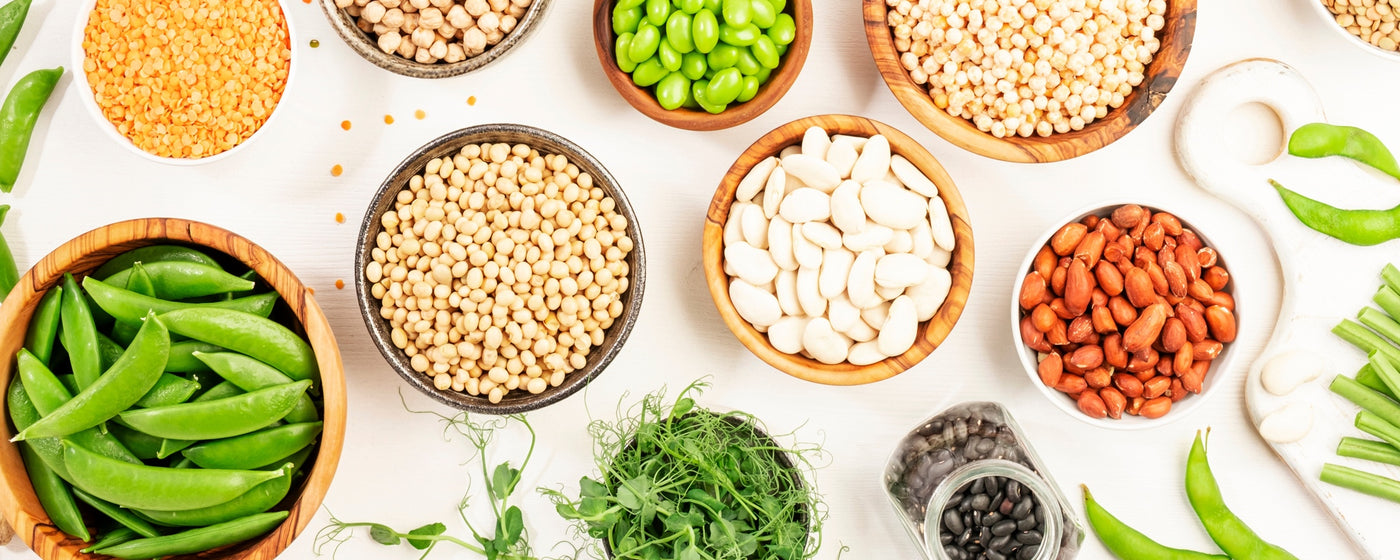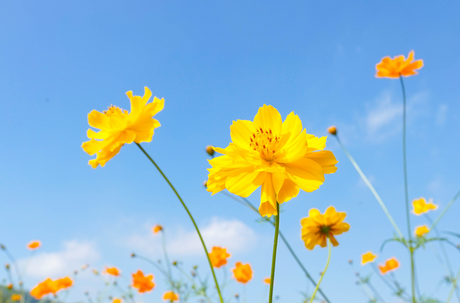|
About Asparagus
Asparagus can be considered a power food among veggies. It is packed with vitamins and minerals, delivering a more complete balance than any other. Asparagus is a good source of vitamin A, B6 and C, as well as iron, potassium, riboflavin, niacin, and thiamine. It is high in fiber and low in carbohydrates, contains no fat, no cholesterol and has only 20 calories per 1/2 cup serving. One serving of asparagus also provides more folic acid (1/2 the recommended allowance) and glutathione than any other vegetables. Studies conducted by the National Cancer Institute found that glutathione, a potent cancer fighting agent, was higher in asparagus than any other food tested. An established bed of 25 asparagus plants will produce about 10 pounds of asparagus per year.
Since asparagus is a perennial vegetable, and can produce for up to 20+ years, it is very important to prepare the soil properly. The best soil is sandy, well drained loam, heavily enriched with well-rotted manure and compost. Ground prepared in this way dries out quickly in early spring, to spur the early growth of the spears. The pH should be about 7.5. Average garden soil, however, will support a good asparagus crop, provided it drains well. Rocky New England soil will hamper the development of strait spears. Fertilization application: 4 pounds of 5-10-10 per 100 square feet, or generous quantities of bone meal or ground phosphate rock and wood ash. Asparagus craves phosphorus, which is usually abundant in composted manure and kitchen waste compost. If you can fit it in your gardening schedule, prepare the asparagus bed in the late summer or fall to be ready for planting the following spring. This provides a chance to plant a nitrogen fixing green manure crop like buckwheat. Asparagus has a pretty good appetite for nitrogen.
How to Grow
Planting asparagus from seed has some advantages and disadvantages. It is a little bit more work, but typically costs much less also. The biggest disadvantage is you will have to wait an extra year to harvest your first spears.
Asparagus seeds can be started indoors, or sown directly in the garden.
Asparagus seeds started indoors should be started in 4 inch pots approximately 3 months before the last frost. They will germinate best at daytime temperatures at around 75-80 F, and a low temperature at night of around 65F. It may take as long as 3 weeks for the asparagus seeds to germinate. To hasten germination, soak the seed for 48 hours in water prior to planting. Sow the seeds approximately 1/2" to 3/4" deep in rows approximately 2 feet wide. Seedlings should be transplanted or thinned to a minimum of 3-4 inches between plants. These seedlings should grow for a summer, and the following year the 'yearlings' should be transplanted to the permanent asparagus bed.
Dealing with Asparagus Pests
Asparagus beetles are the main pest that damages asparagus fronds. There are two common species, the common asparagus beetle (black, white, and red-orange) and the spotted asparagus beetle (red-orange with black spots), both of which are about 1/3 inch long. They can effectively be hand picked from the plants when found, look for them in the morning when it is too cool for them to fly.
The beetles overwinter in the plant debris, so removing fronds in winter will reduce their numbers eventually. Lady beetles and several small wasp species are major asparagus beetle predators that are naturally occurring.
Asparagus beetle eggs look like stubby brown hairs. Wipe them off the spears with a damp cloth. Asparagus beetle larvae are soft, grey, slug-like creatures with black heads are unable to crawl back up into position if swept off the plants. Many gardeners allow their chickens to pick through the asparagus beds for 3-5 days over winter to eliminate any leftover beetles. If you have a problem, and don't raise poultry, setup a spring trap crop. Don't cut the spears in spring within this plot, and patrol often to collect as many adult asparagus beetles as possible. In late summer cut the fronds 2 inches from the ground and compost them. In three weeks or so, you can harvest a fall crop of spears from your trap crop plot.
|















































